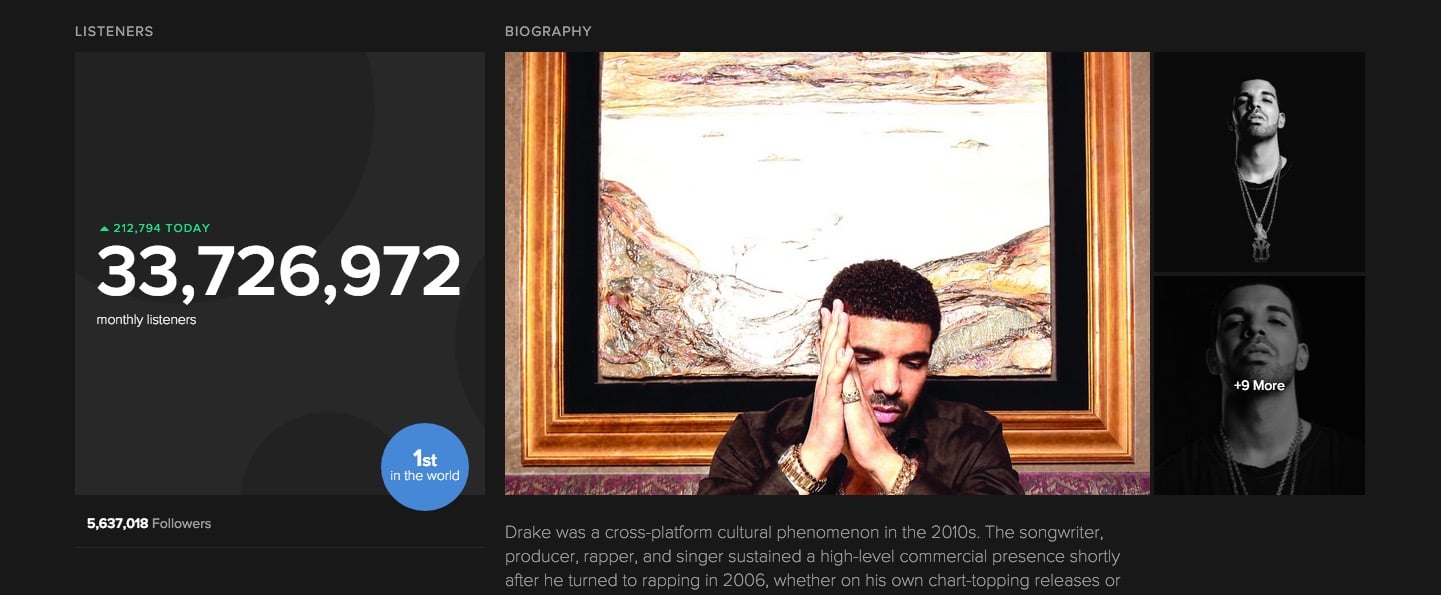


The rights holders of the recordings, which include record labels, producers, and performers, split about 55 to 60% of the fee. That cost efficiency is outlined well in a 2017 study from Digital Media Finland, which found that pro rata streaming models tend to benefit the services themselves, who keep about 30% of a subscriber's fee. "Arguably, it does produce an efficient outcome in that every stream is worth the same and it is relatively cost-efficient to manage." "The 'pro rata' model is perceived as being inherently objective and fair, however, it doesn't take into account different user behaviors," says Will Page, Spotify's Chief Economist. The people who hold the rights to the most listened-to tracks, then, stand to make the most. Spotify and Apple Music's model for determining who gets what from their services is known as " pro rata," which means that rights-holders are paid according to market share how their streams stack up against the most popular songs in a given time period.

The Green New Deal: Where Spotify Stands, And Where Artists Wish It Would.A Requiem For Audiogalaxy, The Digital Wild West's Best Outlaw Record Store.Remembering The Bottled Lightning Of 'Music Tumblr'.Khalid Is The Shooting Star Of The Playlist Era.


 0 kommentar(er)
0 kommentar(er)
